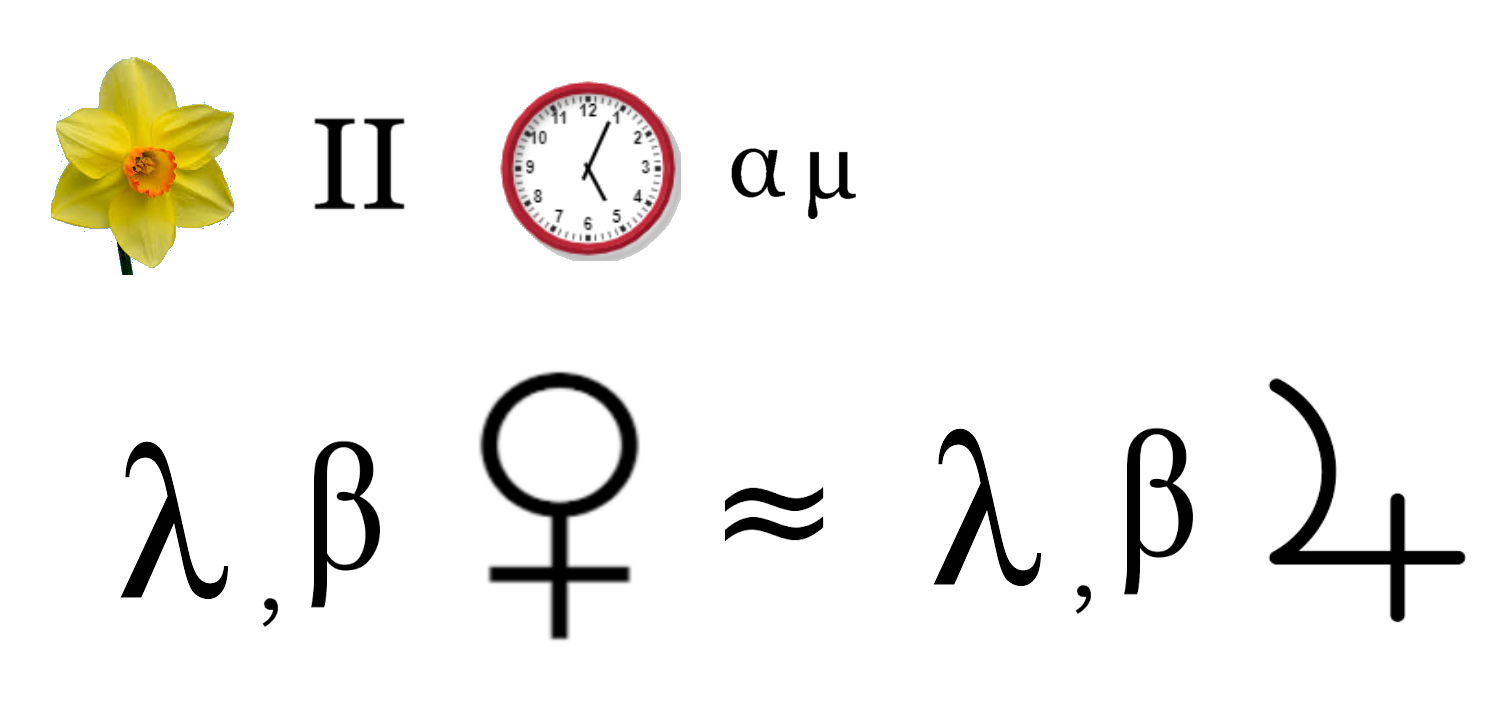
NavList:
A Community Devoted to the Preservation and Practice of Celestial Navigation and Other Methods of Traditional Wayfinding
From: Frank Reed
Date: 2023 Feb 23, 08:27 -0800
Bill Ritchie, you "wrote":

Ha! I enjoyed that. :)
So let's start putting some dates and times on these celestial events. First, Venus swallowed by a whale! It's not rare for Venus to pass through that corner of the official boundaries of Cetus that comes close to the ecliptic, but it doesn't last long. This time around, it's just Sunday, February 26 (for most of us, with some variation by time zone). If the sky is clear, step outside Sunday evening after sunset and see Venus low in the west with Jupiter a few degrees above it. Jupiter spent a leisurely two weeks in Cetus ending just a few days ago, but it's a one-night-only visit for Venus.
Next up is the very nice conjunction of Jupiter and Venus, as your artwork says, on March 2 near 0500 UT. Conjunctions of these two bright planets are also not rare, but this one is especially nice and generally convenient, were it not for the frequently cloudy skies this time of year. Of course we can define conjunction times in a few different ways. The traditional definition, dating back centuries, calls a conjunction when two planets have the same ecliptic longitude, the same λ, in your image. Not claiming any great precision here, I find that this should occur at 0536 UT on March 2. For those of us in the eastern US, that's just after midnight Eastern US time, so the previous evening twilight (after sunset on March 1) will be closest to that time.
We can also define a conjunction by minimum angular distance between the two planets. If the planets were travelling exactly in the plane of the ecliptic, or if their instantaneous motion across the sky were parallel to the ecliptic, this would be identical to the time above. Instead Venus is travelling at angle of about 2° inclined to the ecliptic on this date, so the time of closest angular distance (geocentric, true) looks to be about 0505 UT, half an hour before the traditional conjunction time.
Finally we can think about this conjunction in terms of meridian passage and standard celestial coordinates for astronomy and celestial navigation: when do the two planets have matching RA/SHA/GHA? It looks like that happens at about 10:40:45 UT on March 2. For any observers with longitude 51°29.6'E (downtown Doha, Qatar, e.g.) which would match the planets' GHA at that time, Venus and Jupiter would be exactly aligned vertically right on the local meridian.
And those observers seeing the planets aligned on the meridian as above would be observing in daylight, of course, which brings up another interesting aspect of this Venus-Jupiter conjunction. The planets will be separated by less than half a degree at closest conjunction at 0505 UT and by 1040 UT they would still both fit in a low power telescopic field of view. So this could be a great opportunity to see both Venus and Jupiter in daylight (with binoculars or a low-power telescope), either mid-day on March 1 or March 2. Venus is bright enough already to be spotted "naked eye", with no optical aid at all once you've located it with a scope, if you know exactly where to look. And with that assistance, there's a small chance --if skies are deep blue and perfectly clear-- of seeing Jupiter naked eye, too. It's worth a try.
Frank Reed
Clockwork Mapping / ReedNavigation.com
Conanicut Island USA






